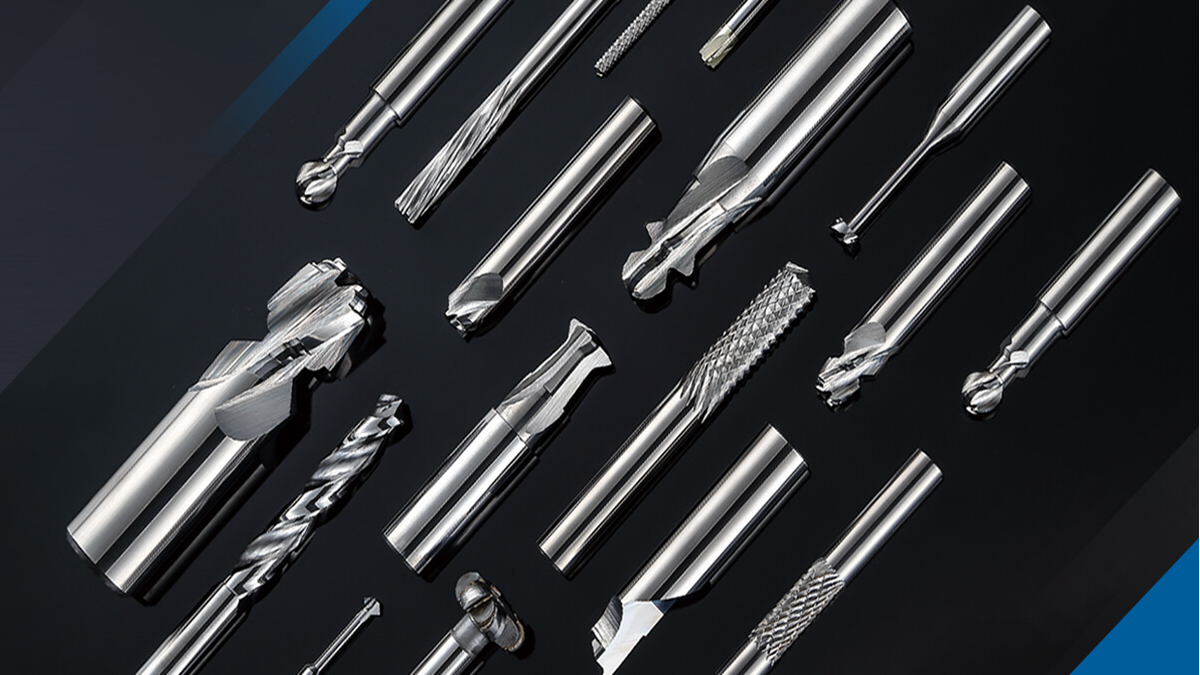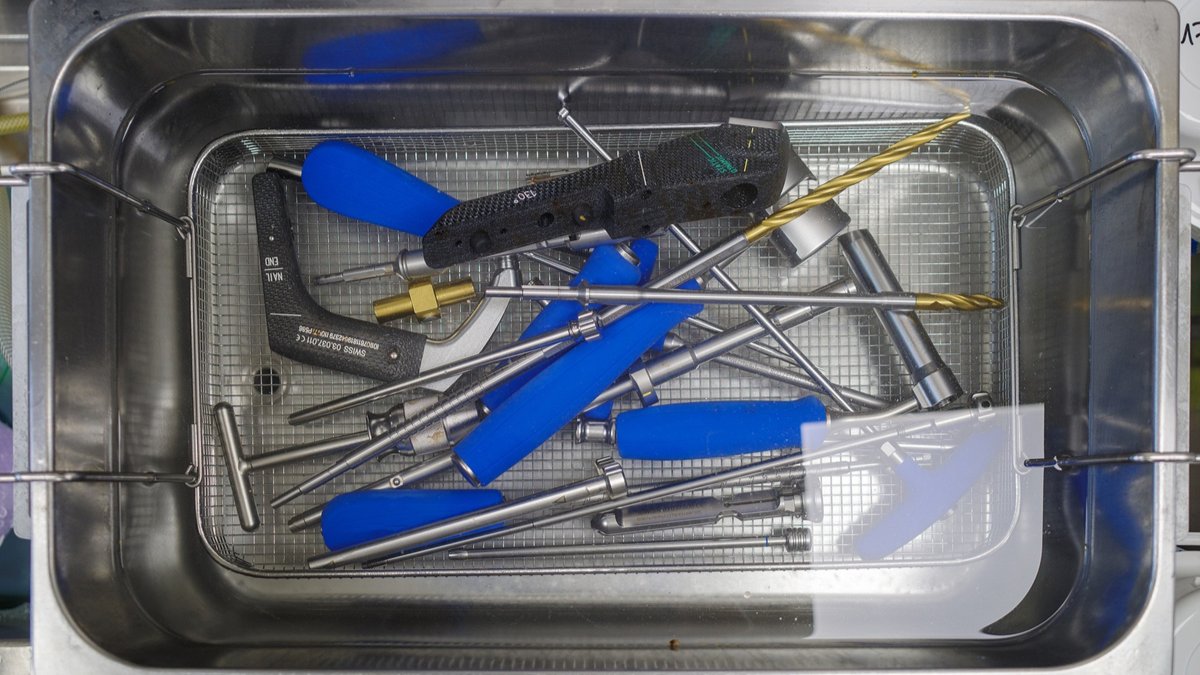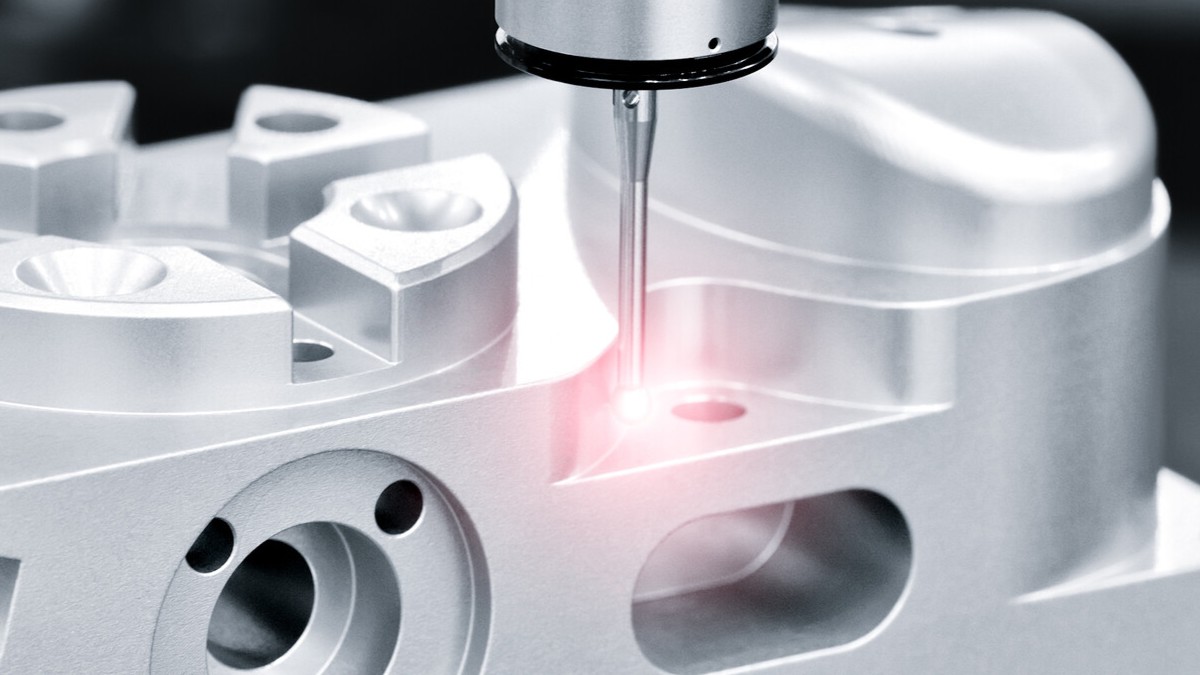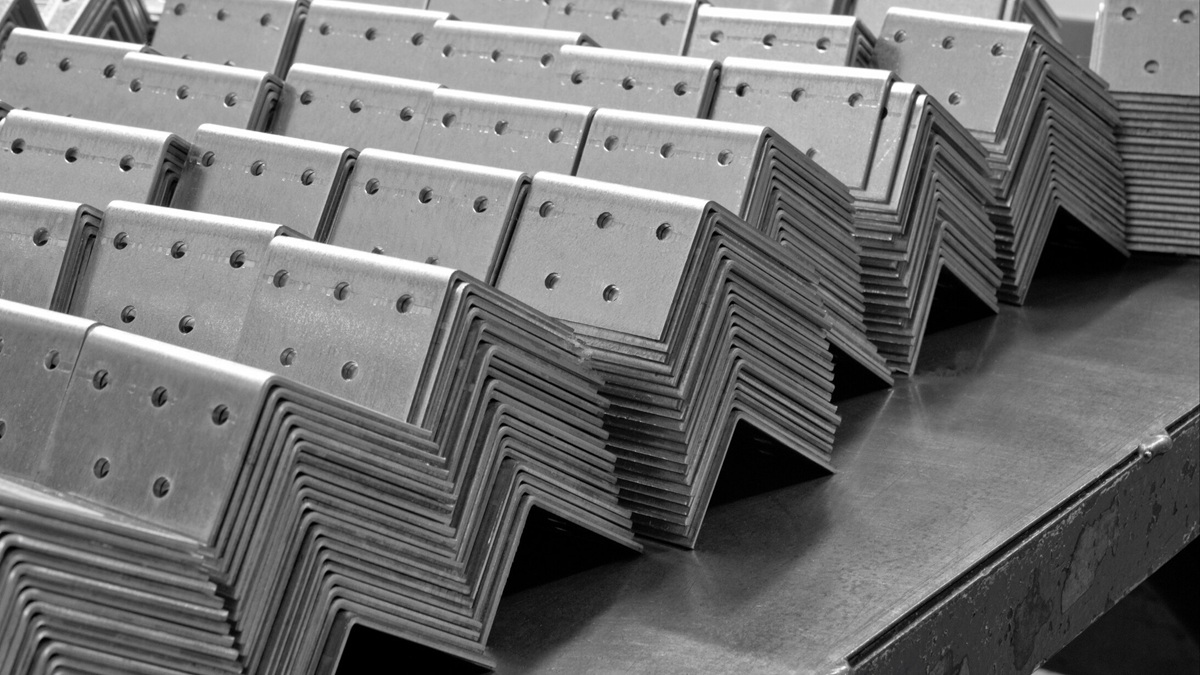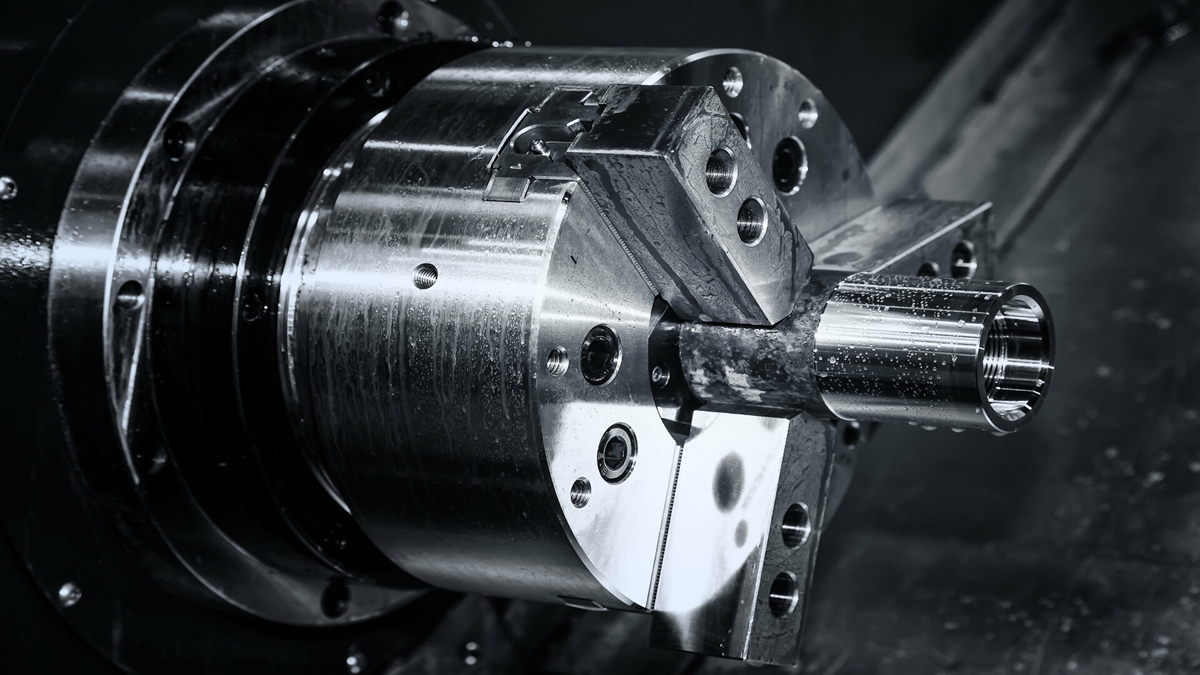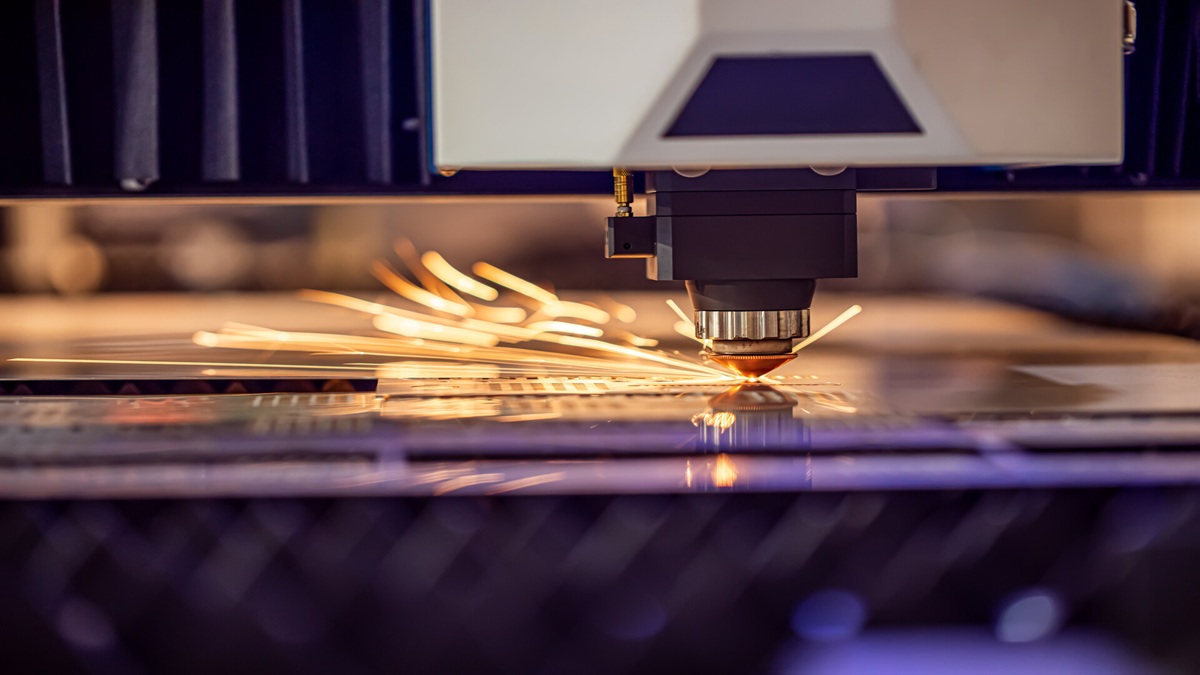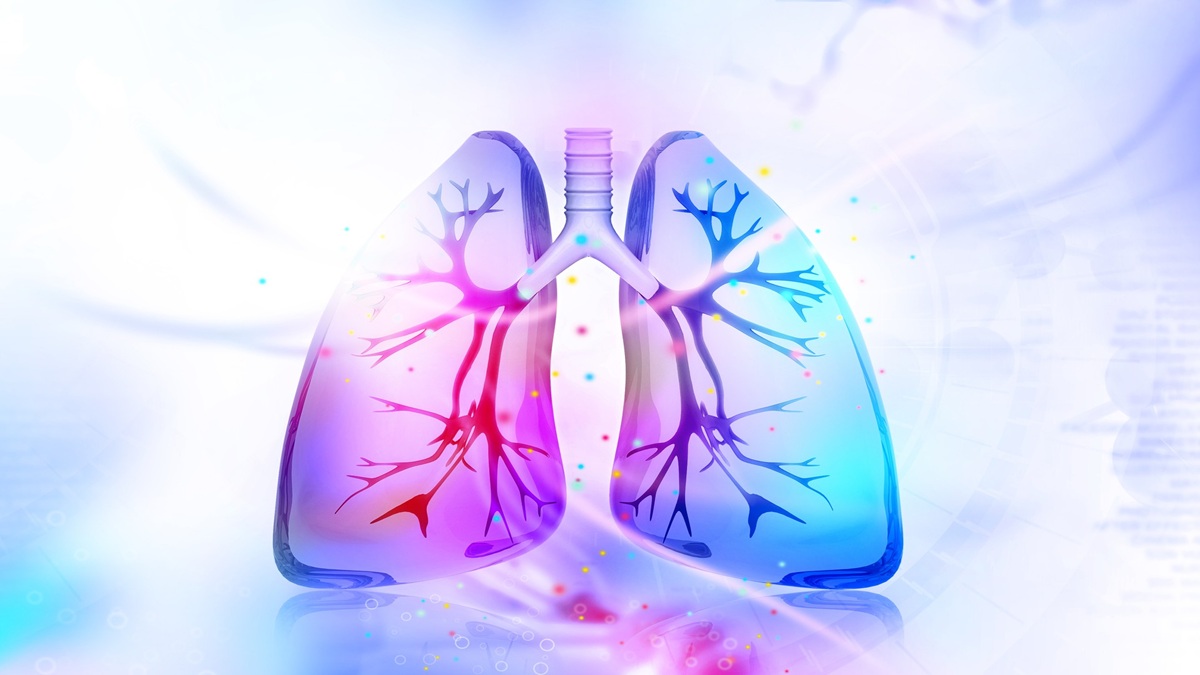As global concerns over climate change, plastic pollution, and carbon emissions intensify, the printing industry is undergoing a profound green transformation. From packaging and commercial publishing to labels and promotional materials, green printing is no longer just an added value—it's becoming a fundamental requirement for brand compliance and supply chain standards.

Photo by https://www.pexels.com/zh-tw/photo/19791015/
According to a report by Smithers, the global green printing market is expected to grow at an annual rate of over 6%, with the market value of eco-friendly printing materials and technologies projected to exceed USD 200 billion by 2030, encompassing paper, ink, equipment, and recycling processes.
Five Global Trends Reshaping the Printing Industry Ecosystem
The Rise of Water-Based and Plant-Based Inks
Traditional inks often contain volatile organic compounds (VOCs), which are harmful to human health and contribute to air pollution. In contrast, water-based inks and those derived from plant sources such as soybean or flaxseed oil are increasingly replacing petroleum-based components. These alternatives are not only biodegradable but also offer high color stability.
FSC and Carbon Labeling Becoming Standard
Brands and packaging supply chains are increasingly demanding products with certifications such as FSC (Forest Stewardship Council), carbon footprint labeling, and eco-friendly packaging documentation. These measures align with ESG policies and consumer expectations in regions like the EU and the United States.
Digital Printing Replacing Traditional Offset Printing
Compared to traditional offset printing—which consumes large amounts of water and cleaning solvents—digital printing technologies (e.g., HP Indigo, Xerox’s eco-friendly systems) reduce material waste, speed up delivery times, and lower energy consumption. These advantages make digital printing a key driver of green transformation.
Growing Demand for Recyclable and Biodegradable Packaging
As the EU and the U.S. tighten regulations on single-use plastics, the use of paper-based packaging and biodegradable materials like PLA in printed products is expanding. This trend is fueling market growth in eco-friendly paper bags, recyclable boxes, and nature-themed product labels.
Closed-Loop Supply Chains and Material Recovery Integration
Companies are now focusing not just on sustainable printing processes, but also on closed-loop recycling systems across the supply chain. This includes the use of recycled paper, reclaimed ink cartridges, and the reuse of printing waste—ensuring environmental responsibility at every stage.
The Transformation Opportunity for Foil Stamping Printing
Special foil stamping printing is widely used in luxury packaging, cosmetic boxes, wine labels, and premium printed products due to its high gloss, embossed texture, and luxurious appearance. However, traditional foil stamping often relies on metallic films with plastic carriers, making the packaging difficult to recycle, leaving high material residues, and contributing to a significant carbon footprint. Below are four key green innovation directions in foil stamping:
Carrier-Free Foil Stamping
Traditional foil uses a PET film as a carrier. Carrier-free technology employs precision roll-coating and transfer methods to apply the metallic layer directly onto the substrate, eliminating plastic bases and film waste. This significantly reduces production waste and lowers carbon emissions.
Digital Foil Stamping
Digital foil stamping utilizes laser technology, digital print heads, or thermal transfer methods to replace traditional dies and high-temperature stamping. This not only saves materials but also avoids plate-making waste, shortens lead times, and enables efficient customization for small-batch production.
Recyclable and Detachable Design
Green foil stamping focuses on structures that are easy to recycle and do not hinder material separation, such as:
- Using water-soluble adhesives that allow metallic layers to separate from paper substrates
- Minimizing foil coverage to ensure the print remains recyclable as paper
- Applying PVC-free and plasticizer-free foils to enhance compatibility with recycling systems
Bio-Based Foil Materials
Material innovation is driving the use of plant-based polymers or biodegradable films in foil stamping, replacing traditional petroleum-based substrates. These new materials meet low-carbon design standards while maintaining visual appeal and environmental friendliness.
Green Printing Is No Longer an Option—It’s the Inevitable Path Forward
The green revolution in the printing industry is no longer merely a matter of technological upgrades; it has become a core strategy tied to brand reputation and market survival. Companies that proactively adopt eco-friendly inks, recycled paper, carbon footprint management, and energy-efficient automation will stand out in the era of the green economy, winning the favor of global brands and sustainability-conscious consumers.





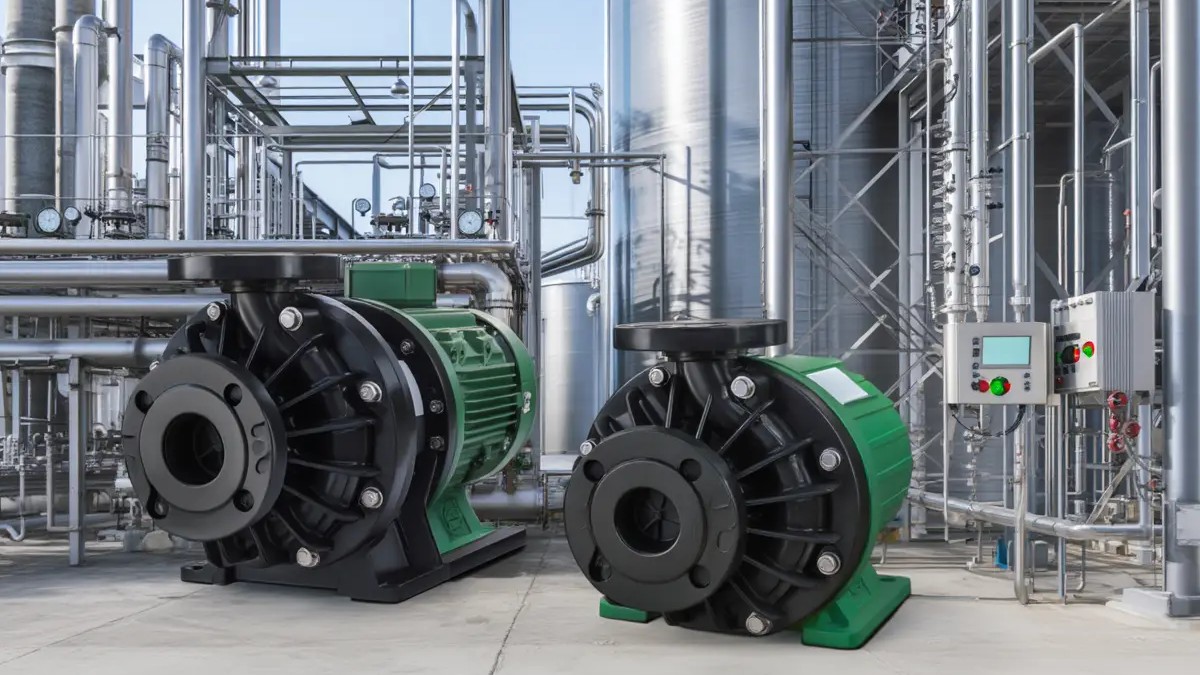
.png)
